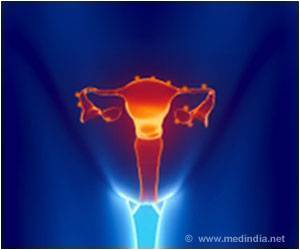Scientists have developed a mouse model of endometriosis that produces endometriosis lesions similar to those found in humans, as published in a report.

The lack of a readily available, low-cost, and suitable animal model has hindered progress in the field. Nonhuman primates offer a physiologically relevant model, but their use is limited by cost and ethical concerns. Rat and mouse models have the advantage of lower cost and smaller size but have several disadvantages. For example, mouse models often rely on suturing endometrial tissue onto the surface of pelvic organs since rodents do not naturally menstruate, raising the concern that tissue artificially placed in the pelvis may not simulate natural conditions or immune response.
The newly reported mouse model of endometriosis relies on the transplantation of menstrual endometrial tissue between genetically identical mice. In brief, a donor mouse is induced to undergo menstruation using estrogen and progesterone. The tissue that is shed from the uterus is removed and implanted into a recipient mouse, allowed to grow, and then removed and analyzed.
"We found that lesions recovered from a variety of sites in the peritoneum of the mice shared histologic similarities with human lesions, including the presence of hemosiderin, cytokeratin-positive epithelial cells, vimentin-positive stromal cells, and a well-developed vasculature. Most of the lesions had evidence of well-organized stromal and glandular structures," says Dr. Greaves. She noted other similarities including changes in the expression patterns of estrogen receptor α and β, also similar to what is found in patient biopsies.
By performing experiments using mice with green fluorescent protein-labeled macrophages in reciprocal transfers with wild-type mice, the researchers obtained evidence that the macrophages present in the shed endometrium survive and create a pro-inflammatory microenvironment that contributes to the formation of endometriotic lesions. "We are excited by these findings because the contribution of macrophages present in shed endometrium to the etiology of endometriotic lesions has not been studied in previous mouse models," comments Dr. Greaves.
The researchers hope that this model will inform future studies investigating the role of immune cells and menstrual tissue on the development of endometriosis, advance the understanding of mechanisms of the disease, and allow the identification and study of novel targets for therapy.
Advertisement
Source-Eurekalert












